

Articles
How Long Should I Walk Stairs To Induce Labor
Modified: December 7, 2023
Discover the answer to "how long should I walk stairs to induce labor" with our informative articles. Find expert advice and tips to help you prepare for childbirth.
(Many of the links in this article redirect to a specific reviewed product. Your purchase of these products through affiliate links helps to generate commission for Storables.com, at no extra cost. Learn more)
Introduction
As the due date approaches, many pregnant women eagerly search for safe and effective ways to naturally induce labor. One method that is often discussed is walking stairs. This simple activity is believed to stimulate the muscles, increase blood flow, and potentially bring about contractions.
In this article, we will explore the topic of walking stairs to induce labor and discuss its potential benefits, factors to consider, recommended duration, safety precautions, and other methods to naturally induce labor.
It’s important to note that while walking stairs may have some potential benefits, every pregnancy is different, and labor induction should always be discussed with a healthcare provider. It is also crucial to prioritize the safety and well-being of both the mother and the baby throughout the process.
Now, let’s dive deeper into the topic and explore the benefits of walking stairs during pregnancy.
Key Takeaways:
- Walking stairs during pregnancy can potentially stimulate muscles, increase blood flow, and boost mood and energy levels, but it’s crucial to consult with a healthcare provider and prioritize safety.
- While walking stairs may have potential benefits for inducing labor, it’s important to start slowly, listen to your body, and take safety precautions. Always consult with a healthcare provider before attempting any natural labor induction methods.
Read more: How To Walk Up Stairs
Understanding the Benefits of Walking Stairs During Pregnancy
Walking stairs during pregnancy has gained attention due to its potential to induce labor and its overall benefits for both the mother and the baby. Let’s explore some of these benefits in more detail:
- Stimulates the muscles: Walking stairs involves the use of various leg and core muscles, providing a gentle workout. This can help strengthen the lower body and prepare it for the physical demands of labor.
- Increases blood flow: When you walk stairs, your heart rate increases, and blood circulation improves throughout your body. This increased blood flow can potentially help to stimulate contractions and progress labor.
- Aids in positioning of the baby: Walking stairs requires you to engage your pelvic muscles and maintain an upright posture. This can help encourage the baby to assume the optimal position for birth, such as the head-down position.
- Boosts mood and energy levels: Pregnancy can sometimes leave women feeling tired and sluggish. Walking stairs can be an effective way to boost energy levels and improve mood due to the release of endorphins, the ‘feel-good’ hormones.
- Assists in weight management: Regular physical activity, such as walking stairs, can help control weight gain during pregnancy. This can have a positive impact on the overall health of both the mother and the baby.
While these benefits may sound promising, it is crucial to remember that walking stairs alone may not guarantee labor induction. It is a natural method that can potentially support the progression of labor, but individual results may vary.
Next, we will discuss the factors that should be taken into consideration before attempting to induce labor by walking stairs.
Factors to Consider Before Walking Stairs to Induce Labor
While walking stairs may seem like a simple and accessible method to potentially induce labor, there are certain factors that should be taken into consideration before attempting this activity. Here are some important factors to keep in mind:
- Consultation with healthcare provider: Before engaging in any activities to induce labor, it is crucial to consult with your healthcare provider or midwife. They can assess your individual situation, provide guidance, and ensure that it is safe for you to attempt stair walking.
- Health conditions and complications: If you have any pre-existing health conditions or pregnancy complications, such as high blood pressure or placenta previa, it is important to consult with your healthcare provider before attempting to induce labor. Certain conditions may make stair walking unsafe or inadvisable.
- Gestational age: The gestational age of the pregnancy plays a role in determining the suitability of walking stairs for labor induction. If you are too early in your pregnancy, it may not be effective in initiating labor. Always discuss with your healthcare provider the appropriate time to consider such methods.
- Physical capabilities: Assess your physical capabilities and overall fitness level before attempting stair walking. If you have any limitations, such as a history of falls or difficulty with balance, it may be safer to explore other methods of labor induction under professional guidance.
- Comfort and safety: Make sure the stairs you are walking are safe, well-lit, and free from any hazards. Wear supportive shoes and take breaks as needed to prevent overexertion or fatigue. Your comfort and safety should always be a priority.
Remember, your healthcare provider is the best resource to provide personalized advice and guidance based on your specific situation. They can evaluate any potential risks and offer alternative methods of labor induction if necessary.
In the next section, we will discuss the recommended duration for walking stairs to potentially induce labor.
Recommended Duration of Walking Stairs to Induce Labor
The recommended duration for walking stairs to potentially induce labor can vary depending on individual circumstances. It is important to approach this method with caution and to listen to your body’s signals. Here are some general guidelines to consider:
- Start slowly: If you are new to stair walking or have not been physically active during pregnancy, it is advisable to start slowly and gradually increase your pace and duration over time. Begin with shorter sessions and gradually build up to longer walks.
- Listen to your body: Pay attention to your body’s signals during stair walking. If you experience any pain, discomfort, or excessive fatigue, it is important to stop and rest. Pushing yourself too hard can be counterproductive and may not yield the desired results.
- Consistency is key: Consistency in stair walking may be more important than the duration of each individual session. Aim to incorporate regular walks up and down the stairs into your daily routine, rather than focusing solely on a specific duration.
- Stay hydrated and take breaks: It is essential to stay hydrated during physical activity, especially during pregnancy. Carry a water bottle with you and take regular breaks to rest and rehydrate. Overexertion can be detrimental to both you and your baby.
- Gradually increase duration: As you become more comfortable and physically capable, you can gradually increase the duration of your stair walking sessions. However, always do so within your limits and consult with your healthcare provider if you have any concerns.
It’s important to note that there is no set duration that guarantees labor induction. Each pregnancy is unique, and the response to stair walking can vary. It is best to approach this method as a supplement to other natural labor induction techniques and under the guidance of your healthcare provider.
In the next section, we will discuss safety precautions to keep in mind while walking stairs during pregnancy.
Walking stairs can help induce labor, but it’s important to listen to your body. Start with 10-15 minutes and gradually increase. Stop if you feel dizzy or experience any discomfort. Always consult with your healthcare provider before trying to induce labor.
Safety Precautions While Walking Stairs During Pregnancy
While walking stairs can be a beneficial activity during pregnancy, it is essential to prioritize safety and take certain precautions to protect both you and your baby. Here are some important safety precautions to keep in mind:
- Start with a warm-up: Before starting your stair walking session, begin with a gentle warm-up to prepare your body. This can include stretching exercises or a short walk on flat ground to loosen your muscles and increase blood flow.
- Wear proper footwear: Choose supportive and comfortable footwear that provides good traction. Avoid high heels or shoes with slippery soles, as they can increase the risk of falls or accidents while walking stairs.
- Be mindful of your balance: Maintain proper balance and posture while walking stairs. Hold onto the handrails for stability and take each step carefully. Avoid rushing or skipping steps to reduce the risk of tripping or falling.
- Stay hydrated: Drink plenty of water before, during, and after your stair walking session to stay hydrated. Dehydration can lead to dizziness, weakness, and fatigue, which can be dangerous during pregnancy.
- Take breaks as needed: Listen to your body and take breaks as necessary. If you feel lightheaded, short of breath, or in any discomfort, it is important to rest and allow yourself time to recover.
- Avoid overexertion: While it is important to engage in physical activity, including stair walking, avoid pushing yourself to the point of exhaustion. Overexertion can lead to increased stress on your body and potentially harm you and your baby.
- Consult with your healthcare provider: Always consult with your healthcare provider or midwife before attempting any labor induction methods, including stair walking. They can provide personalized advice based on your specific circumstances and ensure that it is safe for you to engage in this activity.
Remember, safety should always be the top priority during pregnancy. If you have any concerns or experience any pain or discomfort while walking stairs, it is important to seek guidance from your healthcare provider.
In the final section, we will explore other methods of naturally inducing labor.
Read more: Dizzy When Walking Up Stairs
Other Methods to Naturally Induce Labor
While walking stairs is one method that some women consider to naturally induce labor, there are several other techniques that can be explored. Here are a few alternative methods that are commonly suggested:
- Sexual intercourse: Sexual intercourse, specifically with ejaculation, is believed to help stimulate contractions due to the release of prostaglandins found in semen. It is important to discuss this option with your healthcare provider to ensure its safety and appropriateness for your individual situation.
- Nipple stimulation: Gently rubbing or rolling your nipples can stimulate the release of oxytocin, a hormone that can potentially trigger contractions. However, it is advised to consult with your healthcare provider before attempting nipple stimulation to ensure it is safe for you and your baby.
- Acupressure or acupuncture: Certain pressure points on the body, particularly those focused on the pelvic area, can be stimulated to potentially induce labor. Acupressure or acupuncture sessions should be conducted by a trained professional with expertise in prenatal care.
- Evening primrose oil: Evening primrose oil, taken orally or applied topically, is thought to help ripen the cervix and initiate labor. However, it is important to consult with your healthcare provider before using any herbal remedies during pregnancy.
- Relaxation techniques: Engaging in relaxation techniques, such as deep breathing, meditation, or prenatal yoga, can help reduce stress and tension. This in turn may encourage the body to release oxytocin and potentially initiate contractions.
- Spicy foods: Some believe that consuming spicy foods can stimulate the digestive system and lead to contractions. However, there is limited scientific evidence to support this claim, and it may not be effective for everyone.
It is important to note that these methods may not work for everyone and should always be discussed with your healthcare provider before attempting them. Each pregnancy is unique, and what works for one woman may not necessarily be effective for another.
Ultimately, the decision to try natural methods of labor induction should be made in consultation with your healthcare provider. They can evaluate your specific circumstances, discuss the potential risks and benefits, and guide you towards the most suitable approach for you and your baby.
Now that we have explored various methods of naturally inducing labor, let’s conclude our discussion.
Conclusion
As the due date approaches, the desire to naturally induce labor can lead many pregnant women to consider various methods, including walking stairs. While walking stairs during pregnancy can offer potential benefits such as muscle stimulation, increased blood flow, and mood enhancement, it is crucial to approach this method with caution and consultation with a healthcare provider.
Before attempting to induce labor by walking stairs, it is important to consider factors such as consultation with your healthcare provider, existing health conditions, gestational age, physical capabilities, and ensuring comfort and safety. It is crucial to prioritize the well-being of both the mother and the baby throughout the process.
The recommended duration of walking stairs can vary, but starting slowly, listening to your body, maintaining consistency, staying hydrated, and gradually increasing duration are important factors to keep in mind. Safety precautions such as warming up, proper footwear, balance maintenance, hydration, taking breaks, and consulting with a healthcare provider are essential while walking stairs during pregnancy.
In addition to walking stairs, there are other natural methods that can potentially induce labor, such as sexual intercourse, nipple stimulation, acupressure or acupuncture, evening primrose oil, relaxation techniques, and consuming spicy foods. These methods should be discussed with a healthcare provider to ensure their safety and appropriateness.
Ultimately, it is important to remember that every pregnancy is unique, and what works for one woman may not necessarily work for another. The decision to try natural methods to induce labor, including walking stairs, should always be made in consultation with a healthcare provider who can provide personalized guidance and support.
In conclusion, while walking stairs may be one of the methods considered to naturally induce labor, it is crucial to approach it safely, consult with healthcare professionals, and consider individual circumstances. The well-being of both the mother and the baby should always be the top priority as labor approaches.
Frequently Asked Questions about How Long Should I Walk Stairs To Induce Labor
Was this page helpful?
At Storables.com, we guarantee accurate and reliable information. Our content, validated by Expert Board Contributors, is crafted following stringent Editorial Policies. We're committed to providing you with well-researched, expert-backed insights for all your informational needs.
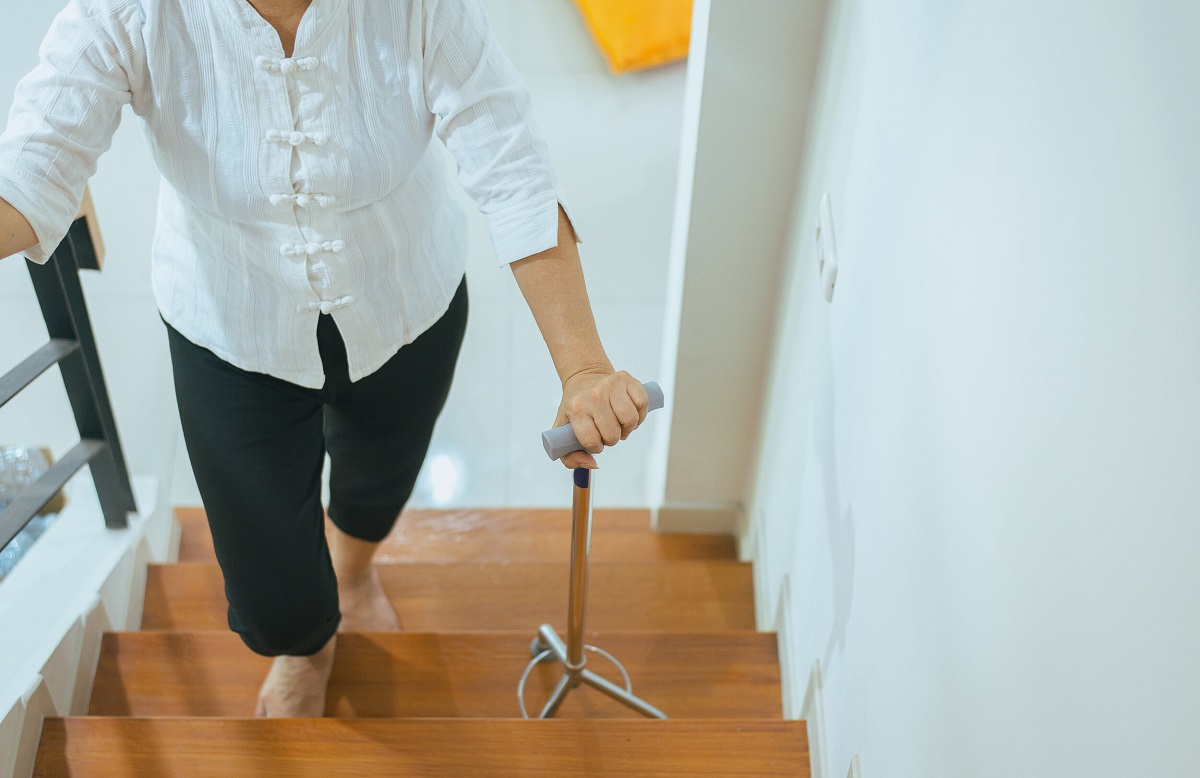
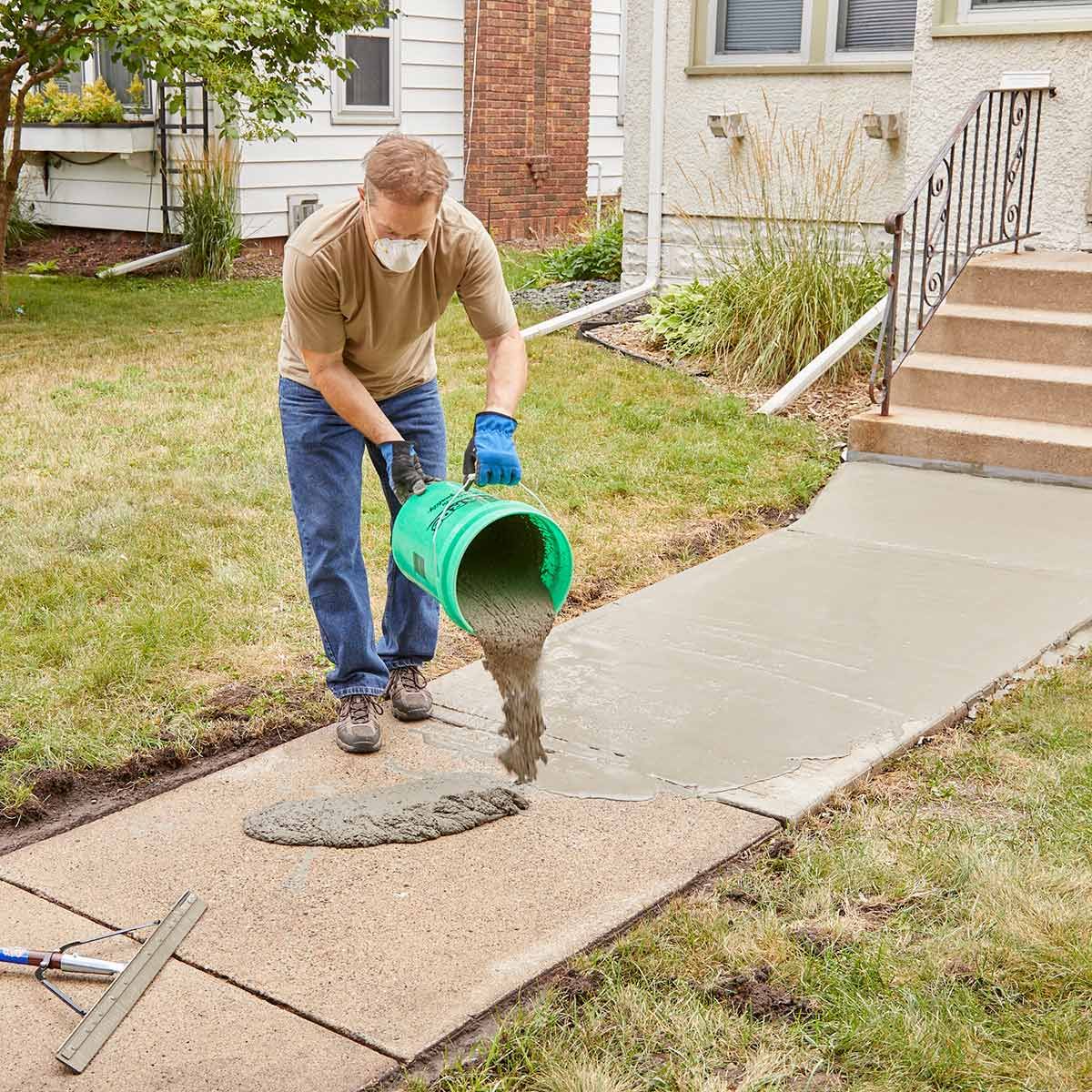

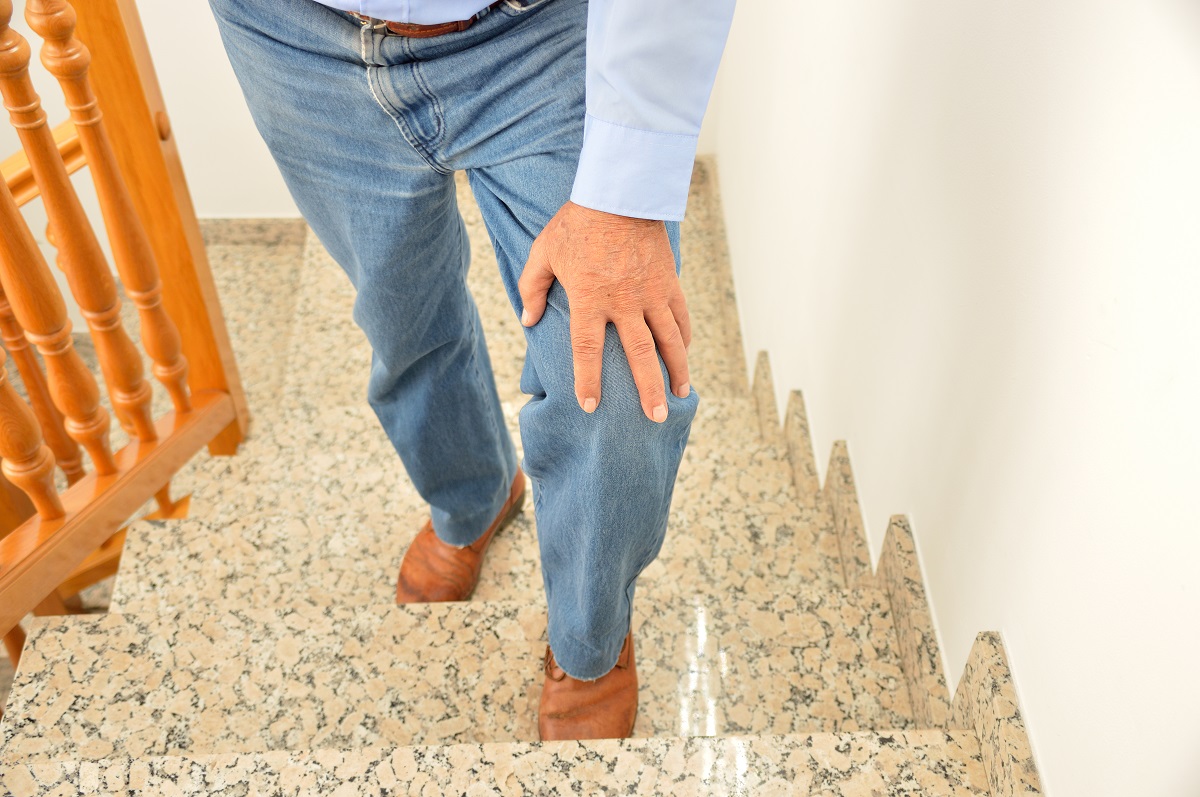

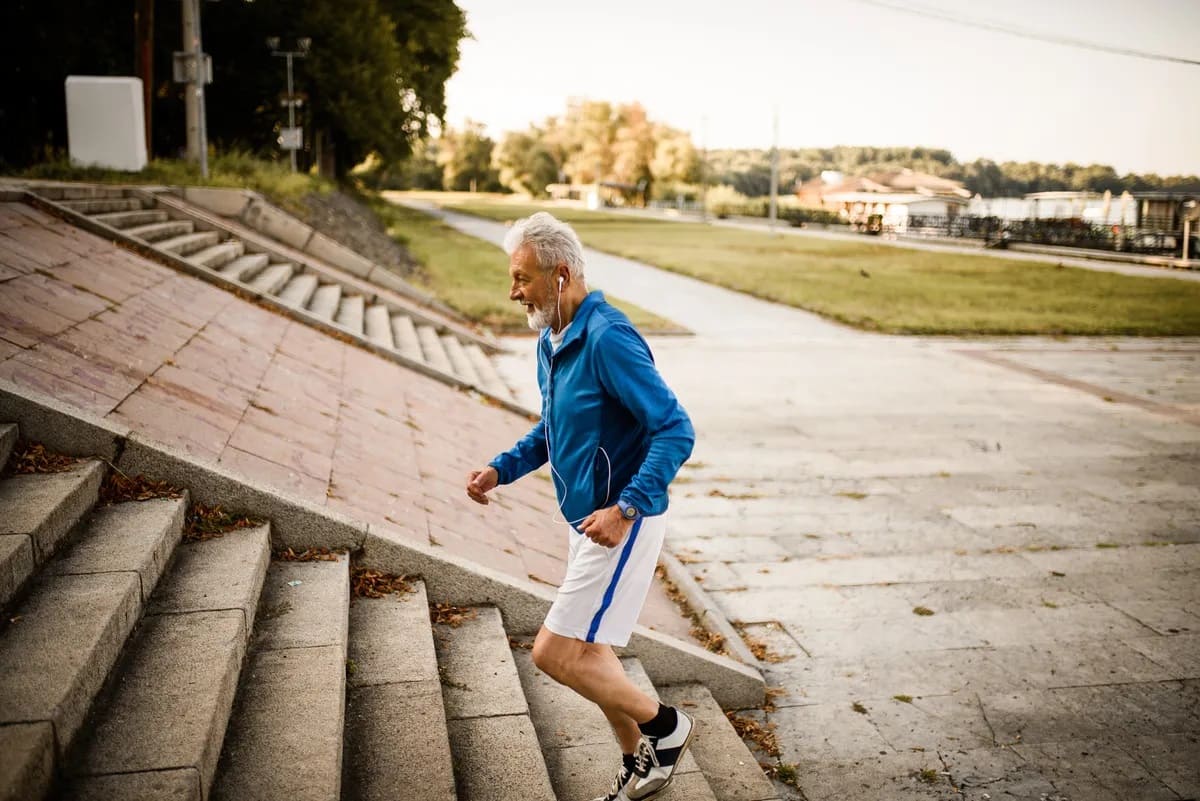


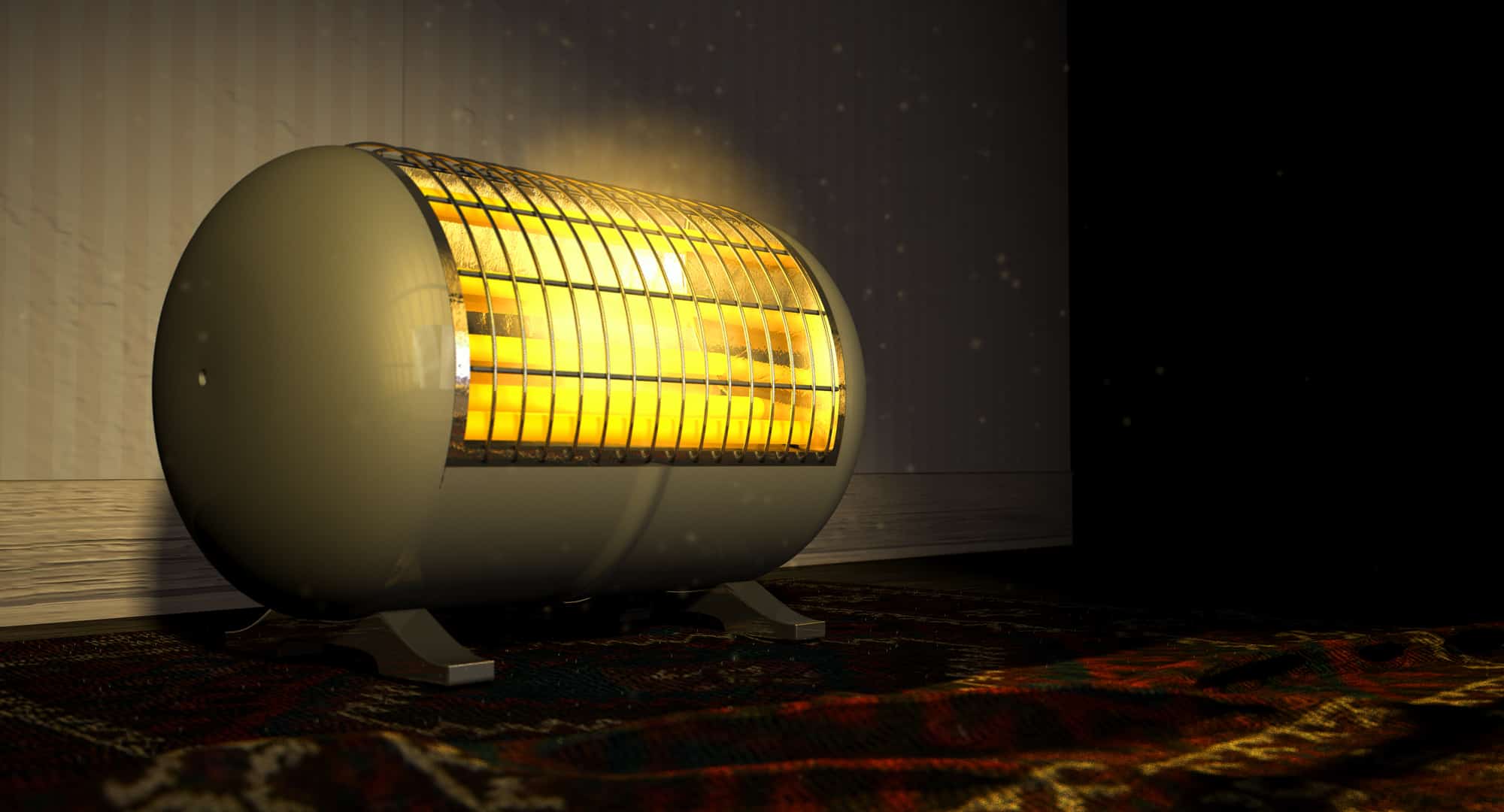
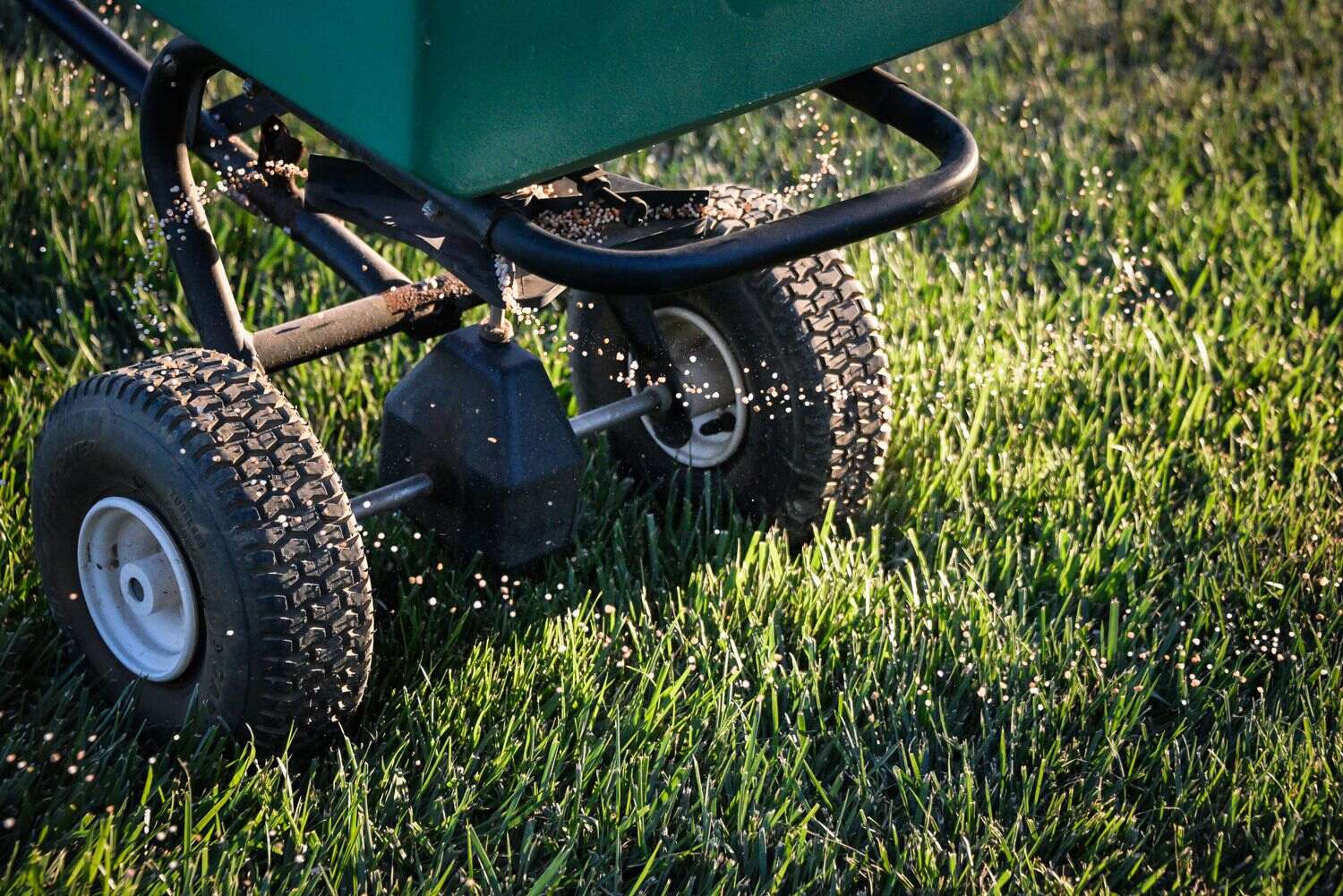
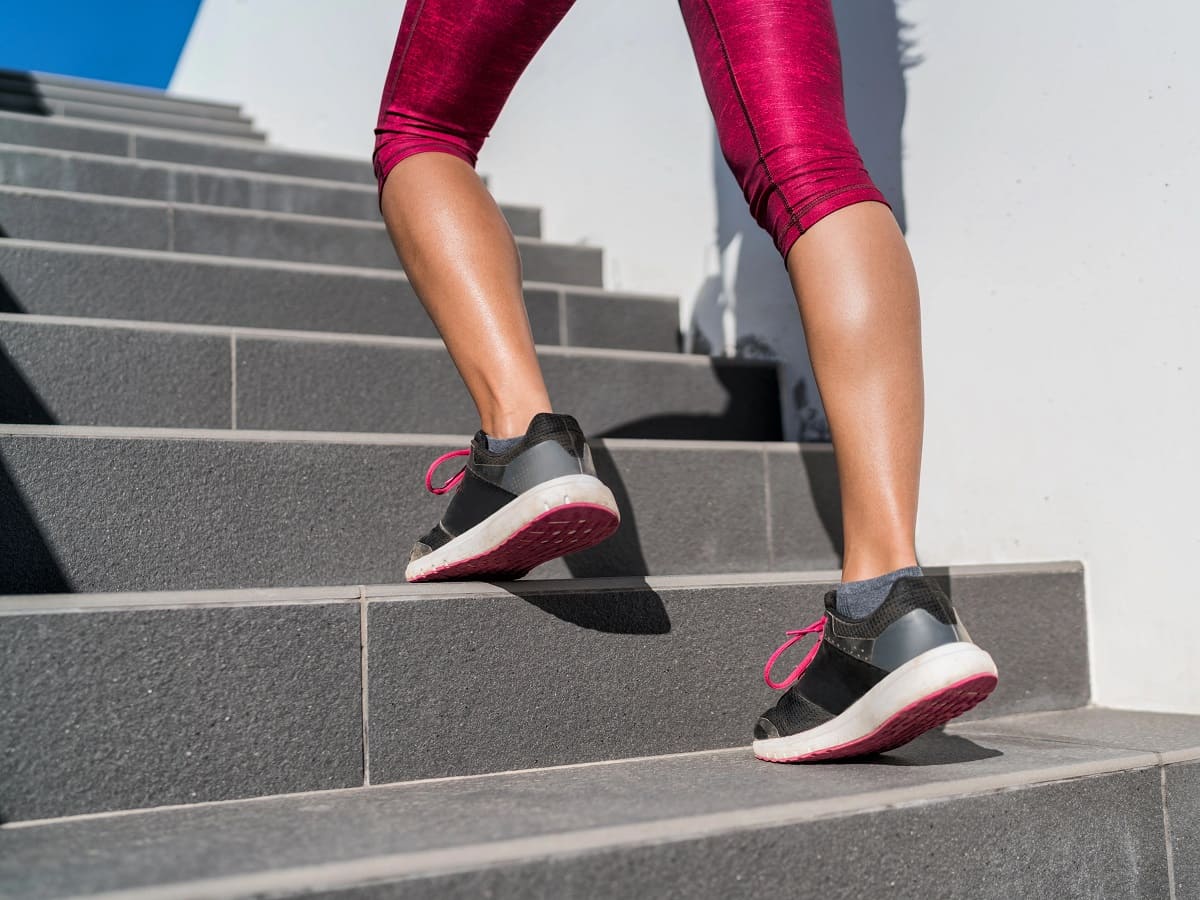
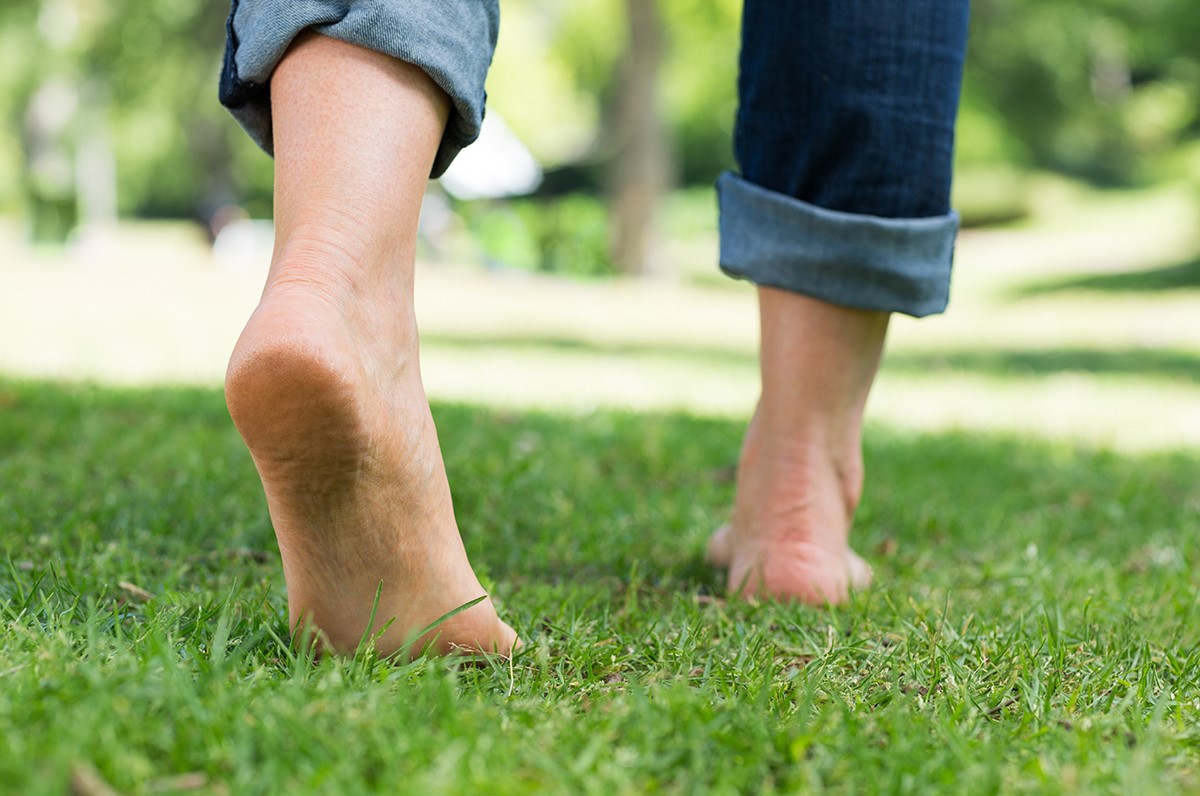
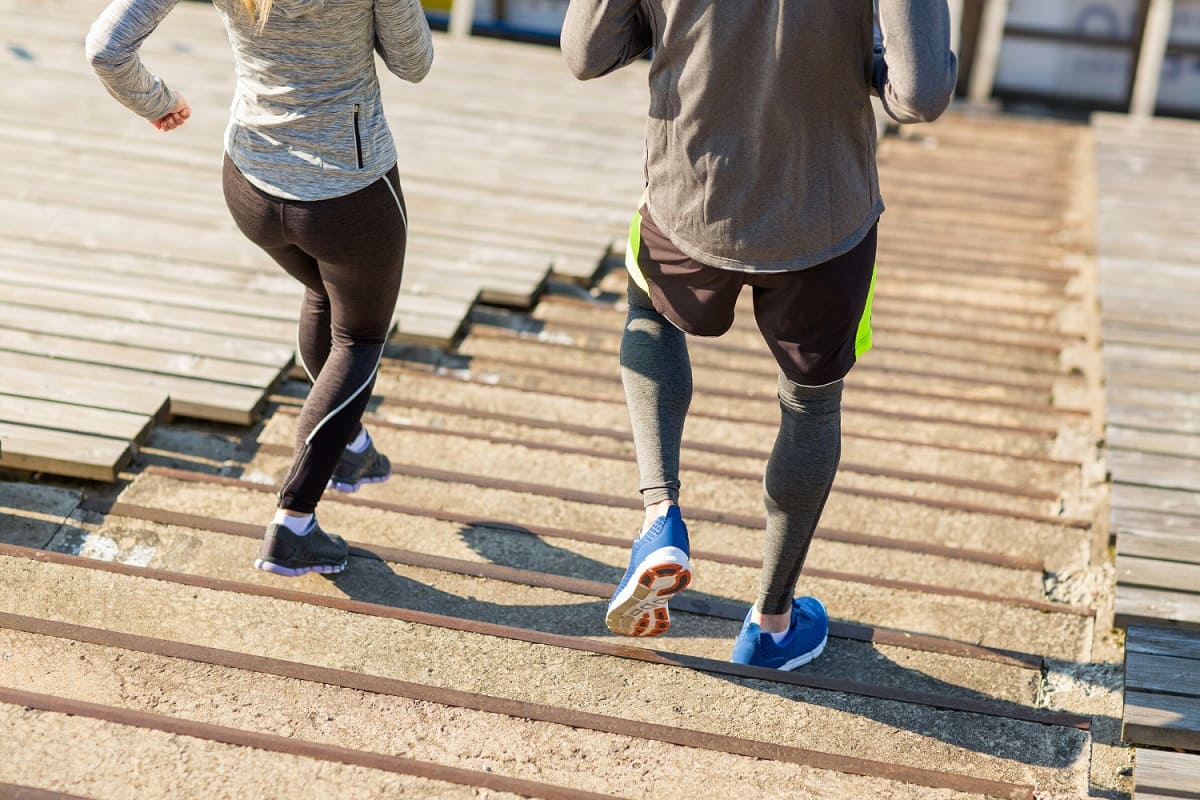


0 thoughts on “How Long Should I Walk Stairs To Induce Labor”